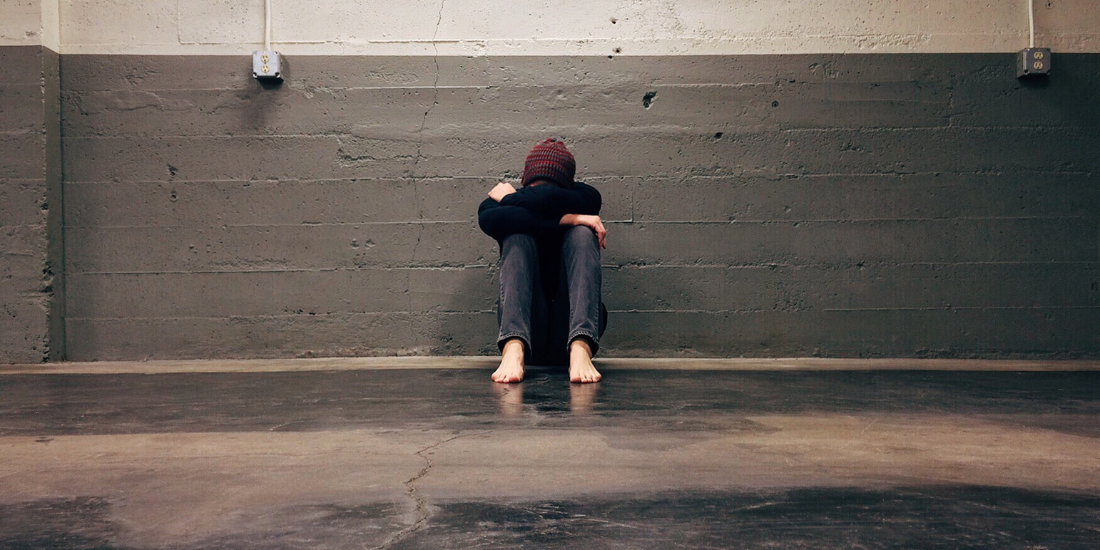In the discourse on homelessness, there exists an often-overlooked, yet critical issue: the menstrual hygiene challenges confronting homeless women. According to the 2019 U.S. Department of Housing and Urban Development Report, the United States had a homeless population at the time of 568,000, with 38% being women. Within the complexities of living on the streets or in shelters, the lack of access to menstrual hygiene products becomes a profound concern for these individuals, affecting not just physical health but also dignity and mental well-being.
The Risks of Unsafe Alternatives
When unable to access proper menstrual hygiene products, homeless women resort to makeshift solutions. Cloth scraps, tissues, or other improvised materials become the only available options. However, these alternatives pose risks to their health. Using such materials increases susceptibility to infections, leading to discomfort and potentially grave consequences for their overall well-being. Inadequate menstrual hygiene isn’t just an inconvenience; it’s a health hazard.
Highlighting the risks associated with these alternatives is crucial. The absence of proper products can lead to urinary tract infections, skin irritations, and other health complications. Research conducted in the early 1990s concluded that homeless women were more likely to visit local clinics for gynecological issues than non-homeless women, and that the majority of the resulting diagnoses were for issues related to menstruation.
As doctors Allegra Parrillo and Edward Feller stated in the Rhode Island Medical Journal, “Factors associated with reproductive tract infections, such as urinary tract infections, yeast infections, and vulvar contact dermatitis, include not cleaning genitals daily, especially during menstruation. The burden of gynecologic infections is a major worldwide public health concern.”
Impact on Dignity and Mental Health
Beyond the physical repercussions, the emotional toll of inadequate menstrual hygiene cannot be overstated. Imagine the indignity and distress of having to use inadequate or unclean materials during a natural biological process. The stigma surrounding menstruation coupled with the inability to manage it properly strips away the sense of dignity and self-worth that every woman deserves.
This daily struggle adds an additional layer to the challenges already faced by homeless women. It impacts their mental health, often leading to feelings of shame, isolation, and a sense of powerlessness. As one homeless woman stated, “… when you can’t clean yourself, you don’t want to be out, you don’t want to be seen, because you feel like everybody else can smell and see you.”
Addressing this issue isn’t just about physical health; it’s about restoring human dignity and recognizing the importance of mental well-being in this marginalized population.
Barriers to Access
The lack of adequate sanitation facilities exacerbates the before-mentioned health risks, making it challenging for homeless women to maintain basic hygiene during menstruation. For how can a woman keep herself clean without adequate access to feminine hygiene products, bathrooms for washing and changing, and laundry facilities for keeping underwear and other clothing clean?
Several systemic barriers contribute to the lack of access to menstrual hygiene products for homeless women. Financial constraints play a significant role, as these products are often considered non-essential and expensive. Additionally, a lack of awareness about the specific needs of homeless women and the limited availability of hygiene facilities further compounds the issue.
Public facilities or shelters may not always provide these essential products, or if they do, the supply may be limited and the facilities filthy. The absence of dedicated policies or initiatives to cater to menstrual hygiene needs within homeless communities perpetuates this problem, leaving many women without the necessary support.
Health Education and Empowerment
Empowering homeless women with knowledge about menstrual hygiene is paramount. Providing access to essential products is a fundamental step towards addressing this issue. Health education programs tailored for homeless populations can equip women with information on menstrual hygiene practices, helping them understand the risks associated with unhygienic practices and the importance of seeking proper products.
Moreover, collaborative efforts between governmental and non-governmental organizations, community initiatives, and private sector contributions can bridge the gap. Distributing adequate menstrual hygiene products and ensuring their availability in shelters, outreach programs, and community centers can significantly alleviate this overlooked challenge. Providing clean facilities for washing and changing clothing, and menstrual products would also help immensely.
In conclusion, recognizing and addressing the menstrual hygiene needs of homeless women is a crucial step towards ensuring their overall well-being. It requires collective action, policy changes, and a societal shift in perspective. Ensuring access to menstrual hygiene products isn’t just a matter of convenience; it’s a matter of dignity, health, and human rights for all women, irrespective of their housing situation.
You can help make a difference in providing the necessary care for these women in need. By partnering with Sheltering Grace, and contributing just $10 a month, you can be a part of the solution. #Be1of5000


